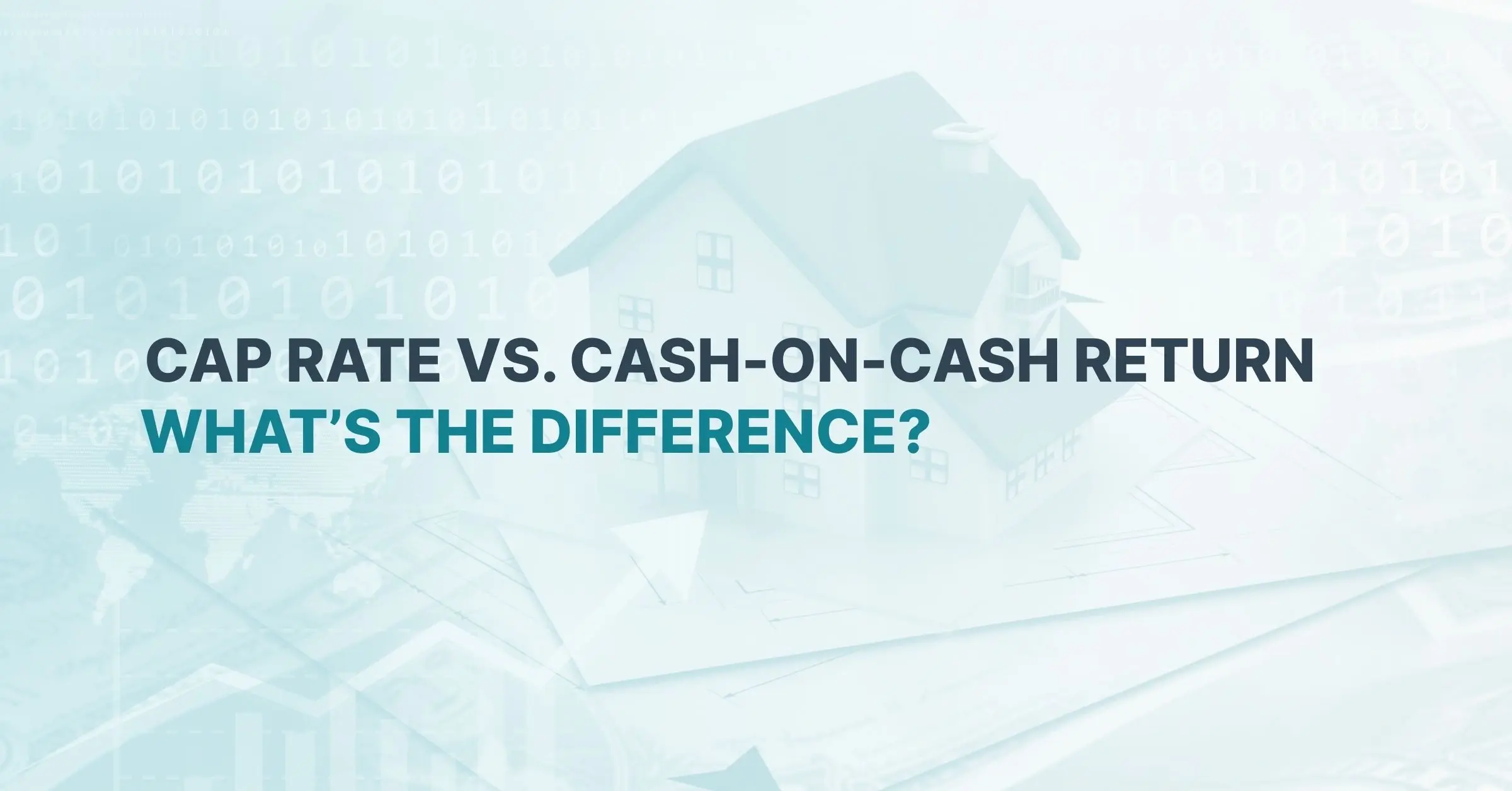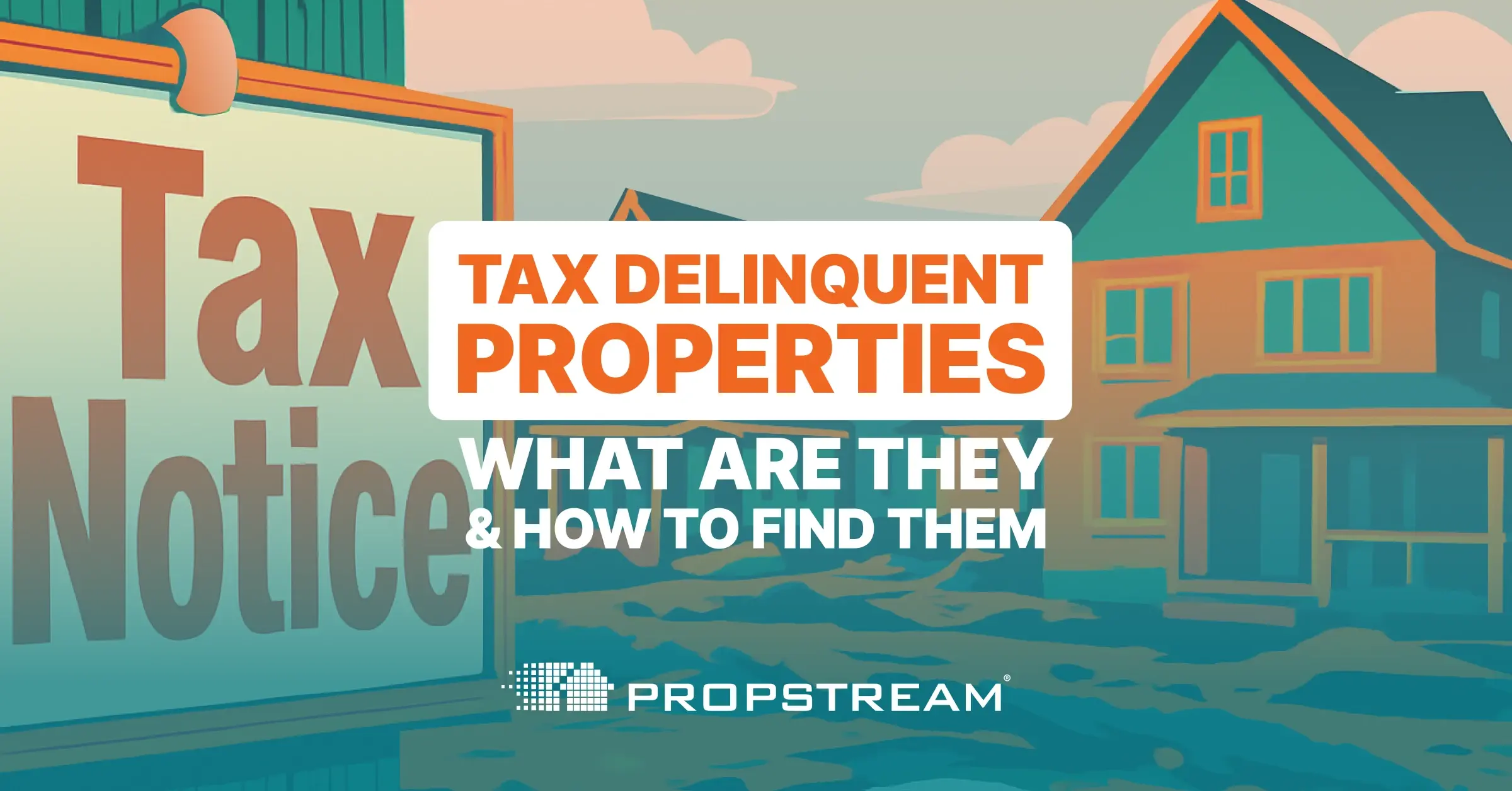Disclaimer: PropStream doesn't offer financial advice; this article is for educational purposes only. Before attempting to invest in a property in foreclosure, we recommend doing your due diligence and consulting with legal and/or financial professionals as needed.
|
Key Takeaways:
|
In today’s housing market, with limited inventory and high mortgage rates, finding attractive real estate deals can be challenging. However, foreclosures often reveal hidden opportunities to buy properties at bargain prices while helping homeowners get out from under a property they can no longer afford.
Read on to learn about the three types of foreclosures and tips for investing in them.
Table of Contents |
What Is a Foreclosure?
Foreclosure is a legal process by which a lender repossesses a property—which serves as collateral on the loan—after the homeowner fails to make their mortgage payments.
The foreclosure process varies by state and mortgage contract and can take anywhere from a few months to a few years. However, lenders generally initiate foreclosure after 90 days of missed payments by sending the borrower a notice of default.
Here are the three main types of foreclosure:
Judicial Foreclosures
In a judicial foreclosure, the lender files a lawsuit with the local court after three months of missed mortgage payments. At the same time, they file a lis pendens (aka notice of pendency of action) with the county clerk, giving public notice of a pending foreclosure.
The borrower receives a notice of default, after which they typically have 30 days (sometimes more) to bring their loan current. Otherwise, a second Notice of Foreclosure Sale (NFS) is filed once the court has set a public auction time and opening bid amount. The local court or sheriff’s office then sells the property to the highest bidder.
All states allow judicial foreclosures, and some require them.
|
Note: Judicial foreclosures are standard in Connecticut, Delaware, the District of Columbia, Florida, Hawaii, Illinois, Indiana, Iowa, Kansas, Kentucky, Louisiana, Maine, New Jersey, New Mexico, New York, North Dakota, Ohio, Oklahoma, Pennsylvania, South Carolina, Vermont, and Wisconsin. |
Non-Judicial Foreclosures
Non-judicial foreclosures (aka power-of-sale or statutory foreclosures) let lenders conduct the public auction of a foreclosed property without court involvement, as long as the proper notices and waiting periods are given (which vary by state).
However, non-judicial foreclosures are only possible if the mortgage contract includes a power-of-sale clause, which authorizes the lender to sell the property if the borrower defaults on the loan. Furthermore, the property must be in a state allowing non-judicial foreclosures.
Because they don’t involve the court, non-judicial foreclosures are typically faster. However, some states let borrowers seek judicial review, prolonging the process.
| Note: States that allow non-judicial foreclosures include Alabama, Alaska, Arizona, Arkansas, California, Colorado, the District of Columbia (sometimes), Georgia, Hawaii, Idaho, Maryland, Massachusetts, Michigan, Minnesota, Mississippi, Missouri, Montana, Nebraska, Nevada, New Hampshire, North Carolina, Oregon, Rhode Island, South Dakota, Tennessee, Texas, Utah, Virginia, Washington, West Virginia, and Wyoming. |
Strict Foreclosures
Strict foreclosures are the least common, as they are only allowed in two states: Connecticut and Vermont.
In this type of foreclosure, the lender files a lawsuit against the borrower in default. The judge then gives the borrower a deadline for bringing their loan current. If they don’t, the property title goes directly to the lender without a sale.
Generally, strict foreclosures only occur when the outstanding mortgage exceeds the property’s value. Otherwise, the borrower usually opts to sell because it lets them pay off the loan and keep the difference—not ideal, but better than losing all their equity.
3 Ways to Acquire Properties During the Foreclosure Process
.png?width=1252&height=834&name=screenshot%20avm%202%20(15).png)
Now that you know the main foreclosure types, here are three stages when you can potentially step in to take a troublesome property off an owner’s hands while potentially getting the property for below-market value:
1. Pre-Foreclosure
From the time a borrower receives a notice of default to when the property goes to auction, they are considered in pre-foreclosure.
During this period, you can offer to buy the property. This can benefit you and the seller by helping them pay off their mortgage balance (avoiding foreclosure and its significant damage to their credit) and potentially helping you get the property at a low price.
Related: How to Identify and Invest in Pre-Foreclosure Properties
2. Auction
Once a property reaches public auction, it’s no longer in the homeowner’s hands.
However, you can still potentially acquire it below-market by making the highest bid. Of course, you’ll be competing against other bidders, and not every foreclosure property up for auction is a good investment.
Do your due diligence by studying the auction process, the local market, and the best bidding strategies. Attend a few auctions before making your first bid to learn the ropes.
| Pro Tip: PropStream has a convenient "Auctions" filtering option that can help you find auction leads in seconds! |
3. REO
In some cases, a foreclosure property ends up in the hands of the lender or bank. These are called bank-owned or real estate-owned (REO) properties.
They’re typically the result of a property not receiving any bids at auction due to investors perceiving it as too risky or not worth the opening bid (usually the remaining loan balance). Sometimes, they’re the result of a strict foreclosure.
However, most banks aren’t interested in becoming homeowners and consequently try to offload REO properties as quickly as possible.
This means investors can often secure REO properties at bargain prices—especially if they’re in poor condition or the bank needs liquidity to meet its reserve requirements.
| Pro Tip: To find local REO opportunities, apply PropStream’s “Bank-Owned” Lead List filter to your next property search. |
5 Tips for Investing in Pre-Foreclosure and Foreclosure Properties
.png?width=1252&height=834&name=screenshot%20avm%202%20(17).png)
Whether you pursue pre-foreclosure, auction, or REO properties, mastering the art of foreclosure investing takes time. To shorten the learning curve, follow these tips:
Related: What Is the Difference Between Foreclosure and Pre-Foreclosure?
1. Know Your State's Foreclosure Laws and Processes
Start by determining what type of foreclosure is the norm in your state (judicial, non-judicial, or strict). From there, study local laws regarding notice requirements and waiting periods.
Additionally, understand ways borrowers can stop a foreclosure, such as refinancing or working with the lender to reach a loan modification, forbearance, or repayment plan. That way, you can better gauge the risk of a deal falling through before investing too much energy in it.
2. Network for Referrals
The sooner you contact a distressed homeowner, the sooner you can help them by potentially taking their property off their hands, and the less competition you’ll face.
However, identifying homeowners early in the foreclosure process can be challenging. To increase your odds of success, build relationships with other real estate industry professionals, such as real estate agents, mortgage lenders, property managers, and other investors.
They may refer you to potential foreclosure leads and investment opportunities.
3. Thoroughly Assess Properties
While foreclosure properties can often be acquired at below-market prices, they also tend to be in poorer condition than the average home.
There are several reasons for this. For example, homeowners struggling to make their mortgage payments likely can’t afford proper home maintenance. Furthermore, they may not care about their upkeep if they expect to lose their homes. Similarly, banks are unlikely to maintain vacant REO properties.
That’s why it’s crucial to get a home inspection if possible. When buying at auction, this is typically not allowed, though you can still visit the property to assess its exterior. In contrast, pre-foreclosure and REO properties typically allow inspections.
Finally, don’t forget to run a title search and get title insurance. This can help protect you against any other liens on the property.
4. Have One (or More) Exit Strategies
Regarding your investing strategy, know the end goal from the beginning. Otherwise, you could end up with a bad deal.
For example, will you fix and flip the property? Renovate and turn it into a long-term rental? Wholesale it to another investor? These are important decisions to make before you buy, as they can significantly impact your potential returns.
Choose an exit strategy upfront (and a few backup ones) to help ensure a smooth deal.
5. Consult Professionals
Foreclosure investing can be lucrative, but it’s also more complex than a traditional sale.
Consequently, it’s important to surround yourself with industry professionals who can guide you. Consider consulting attorneys, tax professionals, and financial counselors specializing in foreclosures. They can help you navigate foreclosure, avoid costly mistakes, and make more informed investing decisions.
Find Foreclosure Opportunities With PropStream
Ready to start your foreclosure investing journey? You’ve come to the right place.
With PropStream’s convenient lists, you can quickly identify pre-foreclosure, auction, and REO opportunities in your market.
Try PropStream for 7 Days Free
Sign up for a free 7-day trial today and get 50 leads on us!
Frequently Asked Questions (FAQs)
What is foreclosure?
Foreclosure is the legal process by which a lender repossesses a property (which serves as collateral) after a homeowner fails to make their mortgage payments.
What is pre-foreclosure?
Pre-foreclosure is the period between when a delinquent borrower receives a notice of default on their mortgage and when their home is sold at a public auction.
What types of foreclosure are there?
The main types of foreclosure are judicial, non-judicial, and strict.
Judicial foreclosures involve the court system and a public auction, non-judicial foreclosures involve a public auction but not the court system, and strict foreclosures involve the court system but no public auction.
Subscribe to PropStream's Newsletter



